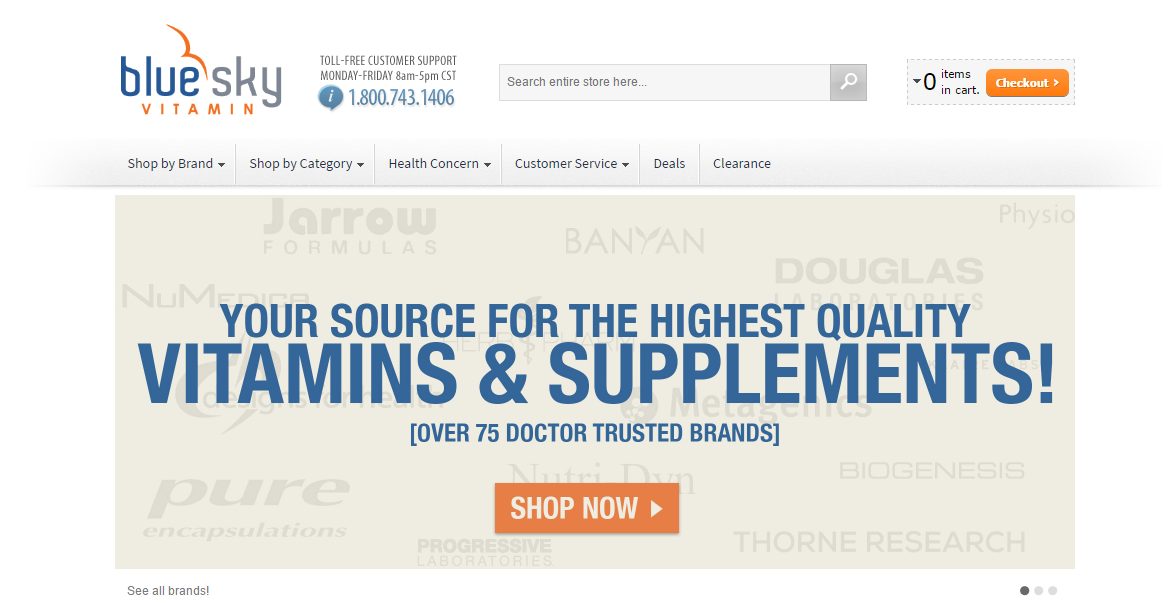


Crear un sitio web profesional para cualquier negocio es fundamental para mejorar las conversiones y la reputación. Al diseñar el sitio web de una empresa, muchos desarrolladores y diseñadores se enfrentan al gran reto de no solo crear un sitio web que represente fielmente la marca, sino también captar los leads y las conversiones que la empresa necesita y busca.
El sitio web representa la imagen de la empresa en línea; por lo tanto, debe demostrar a los visitantes que pueden confiar en ella. Su función es convertir el tráfico en solicitudes de información por correo electrónico, llamadas telefónicas y, en última instancia, ventas, lo que genera un mayor retorno de la inversión (ROI) y mayores ganancias para la empresa.
En resumen, es probablemente una de las herramientas de marketing más importantes que las empresas pueden usar para impulsar sus conversiones y su reputación. Sin embargo, con el aumento de la competencia en línea, es necesario que su sitio web destaque. Esta guía experta le brindará los mejores consejos de diseño web que pueden mejorar la reputación y la tasa de conversión de su negocio.

¿Sabías que los colores que eliges para tu sitio web pueden determinar si lograrás una conversión o si serás considerado un competidor serio por la interacción con los visitantes? Los colores de tu sitio web juegan un papel fundamental en su éxito general. Aunque es un elemento pequeño, tiene un gran poder, ya que muchos colores diferentes tienen un significado distinto. El significado básico de cada color incluye:
A la hora de decidir los colores que debe tener su sitio web, hay que tener en cuenta algunas cosas:
Al elegir colores, deberías usar una paleta básica de 2 o 3 colores para obtener los mejores resultados. A menos que vendas una gran variedad de colores, no es necesario usar todos los colores del espectro en tu sitio web. Elige los colores que mejor representen lo que buscas lograr: confianza, profesionalismo, seguridad financiera. Trabajar con negro, azul o verde puede ser la mejor opción. Sin embargo, también considera la compatibilidad de colores. Aunque el negro, el azul y el verde sean los colores que buscas usar, no significa necesariamente que todos combinen. Si es así, prueba algunas variaciones para encontrar la mejor combinación. También puedes usar pruebas A/B en tu paleta de colores cuando tu sitio web esté activo para obtener información precisa sobre los colores que prefieren tus visitantes.
Ejemplo Color 1: Como puede ver en la imagen a continuación, este sitio web parece ofrecer un efecto médico tranquilo con el uso de colores azul y naranja.

Ejemplo de colores 2: En el sitio web que se muestra a continuación se obtiene una sensación de poder y profesionalismo con el uso de los colores blanco y negro.

Navegación fácil de usar

La navegación de tu sitio web también afecta la reputación de tu negocio y tus conversiones. Muchos propietarios de negocios o sitios web no se dan cuenta de que una mala navegación puede reducir la popularidad de tu marca y causar frustración a tus visitantes. Esta frustración hará que cada vez más personas abandonen su búsqueda en tu sitio web para buscar uno más intuitivo. Hay algunos elementos clave para una navegación intuitiva que deben considerarse al crear y diseñar esta área. Estos incluyen:
Como puedes ver, ser descriptivo pero claro en cuanto a qué es cada categoría no solo puede brindarte una ventaja original, sino que también te hará más creativo en este mundo competitivo de los negocios en línea.

Imagen de navegación 1 Este sitio web tiene un excelente diseño de navegación con áreas claras y fáciles de encontrar que facilitan a los clientes la búsqueda.

Imagen de navegación 2 – El sitio web a continuación ofrece un excelente ejemplo de la combinación de imagen y navegación. Permite ver el tipo de producto en el que hará clic.
En general
Al diseñar un sitio web para su negocio, es importante saber en qué elementos de diseño web debe centrarse para maximizar el potencial no solo de interactuar con sus visitantes, sino también de generar las conversiones que busca y, al mismo tiempo, mejorar su reputación. ¿Ha considerado detenidamente estas dos áreas del diseño de su sitio web?

"*" indica campos obligatorios

"*" indica campos obligatorios

"*" indica campos obligatorios
Deja una respuesta
Debes ser conectado para publicar un comentario.